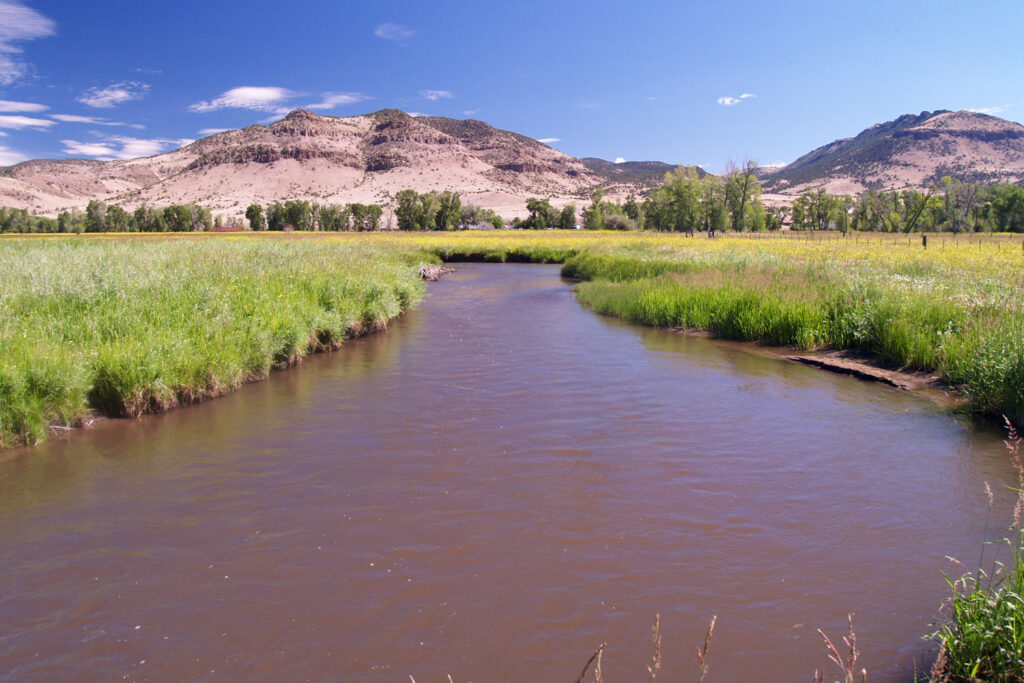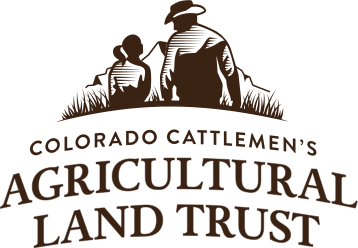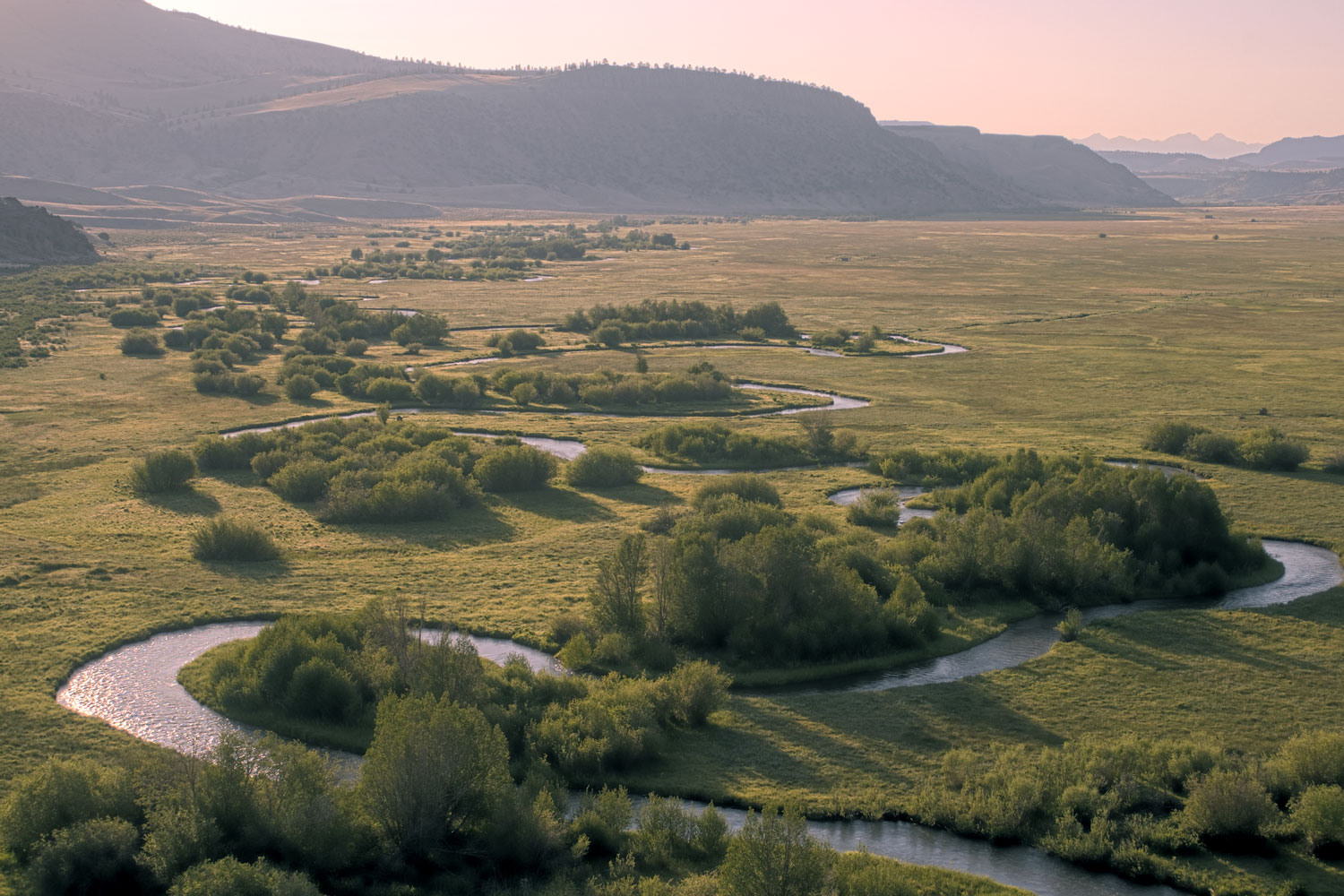Seeing The Need: Saguache Creek and the San Luis Valley
How CCALT’s Agricultural Resiliency Fund can support landowner Projects in the San Luis Valley
By: Kathleen Voight
Graduate Teaching Fellow, Yale School of the Environment
Along Saguache Creek runs a remarkable corridor of conserved private land. During late summer, green grass moves in the wind and cattle graze in small herds. Located just outside of the town of Saguache, the valley is expansive and undeveloped. This past August, I visited several ranches along Saguache Creek, in the north end of the San Luis Valley. I accompanied CCALT staff on their annual visits to monitor easements, while working on my master’s research in the area.
Over the past year, I worked with CCALT to support the development of their Agricultural Resiliency Fund (ARF). The ARF is an internally-managed fund that provides grants to landowners to improve agricultural operations and ecological values present on conserved properties. Through interviews with board members, we assessed how CCALT can best support landowners and landscape resilience. Improvements to water infrastructure was determined to be among the top funding priorities. In the San Luis Valley, as in many areas of Colorado, improved water infrastructure is essential. Amidst low water years and declining aquifers, the need is clear.
During my summer visit, we chatted with landowners in barns, work trucks, farm shops, and on porches, connecting about the season. We drove around in side-by-sides and pickup trucks, looking at pastures and hayfields. Throughout the day, we heard stories about family histories, weather patterns, and tractor fires.

With each landowner, we talked about land use on the property and about anticipated changes in the next year. Each landowner shared their hopes for the future of the operation and the future of the landscape. Ranchers mentioned the need for expanded infrastructure and improved water management. One rancher talked about his hope to increase the connectivity of the conserved landscape.
Each landowner emphasized the dynamism of the conserved landscape, bound in legal agreement but not bound in time. The landscapes are subjected to the continued pressures of a changing world, wherein available surface water has declined, and monsoon season may never come. While precipitation patterns have changed with ongoing drought, aquifer levels have decreased as groundwater pumping and irrigation have continued across the valley floor. Ongoing drought presents an acute challenge for ranchers, especially those who rely on surface water to flood irrigate their pastures, as most ranchers along Saguache Creek do.

In the months prior to visiting these properties, I conducted interviews with ranchers for my master’s thesis research, which explores the challenges ranchers are facing around drought and water management in the San Luis Valley. Many of the people I spoke with ranched on properties conserved by CCALT. Each person cared deeply about maintaining the agricultural heritage and the open landscapes central to the identity of the valley. The effects of drought manifest differently on each operation. Yet, each landowner had innovative ideas for improving drought tolerance in pastures and water retention in soil, and making the best use of available water in low-water years.
Our visits with landowners along Saguache Creek underscored the incredible ability of ranchers to respond to challenges. As the climate, economy, and landscape continue to change, ranchers and landowners are forced to adapt their management and stewardship. By funding landowner-initiated projects that improve resiliency, the new Agricultural Resiliency Fund is beginning to help ranchers implement innovative ideas into their operations. The ARF will assist ranchers in continuing the never-ending work of growing grass and raising cattle in a changing world.

